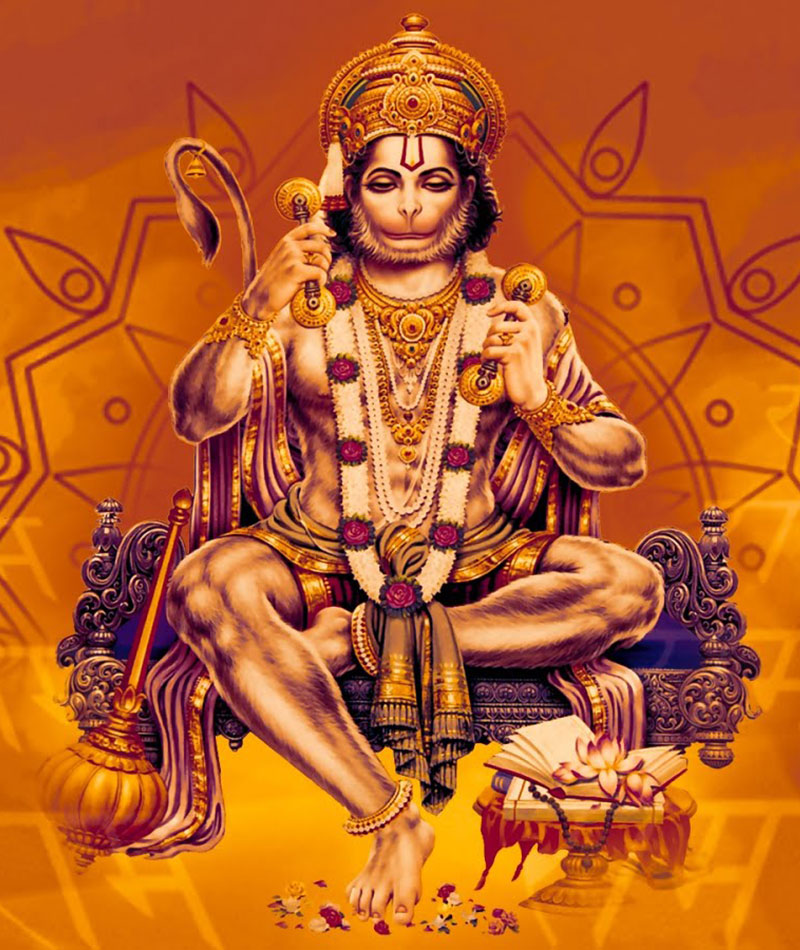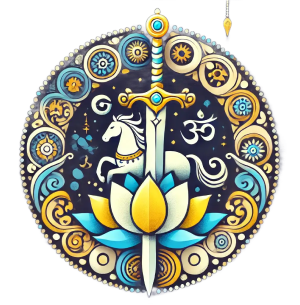
Description
- It narrates Lord Hanuman’s leap to Lanka, his meeting with Sita, destruction of evil forces, and return to Lord Rama.
- The path is considered highly auspicious and is believed to bring courage, clarity, and relief from difficulties.
- It is often recited during personal crises, health issues, or spiritual pursuits.
Features
- Can be done individually or in groups, at home or in temples.
- Includes Sankalp (intention), Hanuman Puja, Sunder Kand Path, Aarti, and Prasad.
- No strict fasting required, but spiritual purity and devotion are essential.
- Often accompanied by Hanuman Chalisa and bhajans.
Samagri
- Idol or image of Lord Hanuman
- Red cloth for altar
- Roli, haldi, kumkum
- Akshat (rice grains)
- Flowers (especially red)
- Diya (oil lamp) and ghee
- Incense sticks, camphor
- Panchamrit (milk, curd, honey, ghee, sugar)
- Fruits and sweets (especially boondi, laddoo)
- Tulsi leaves
- Coconut, betel leaves and nuts
- Gangajal (holy water)
- Mantra book or printout (Hanuman Chalisa, Aarti)
- Japa mala (optional)
Sunder kand Path
Chat with us


